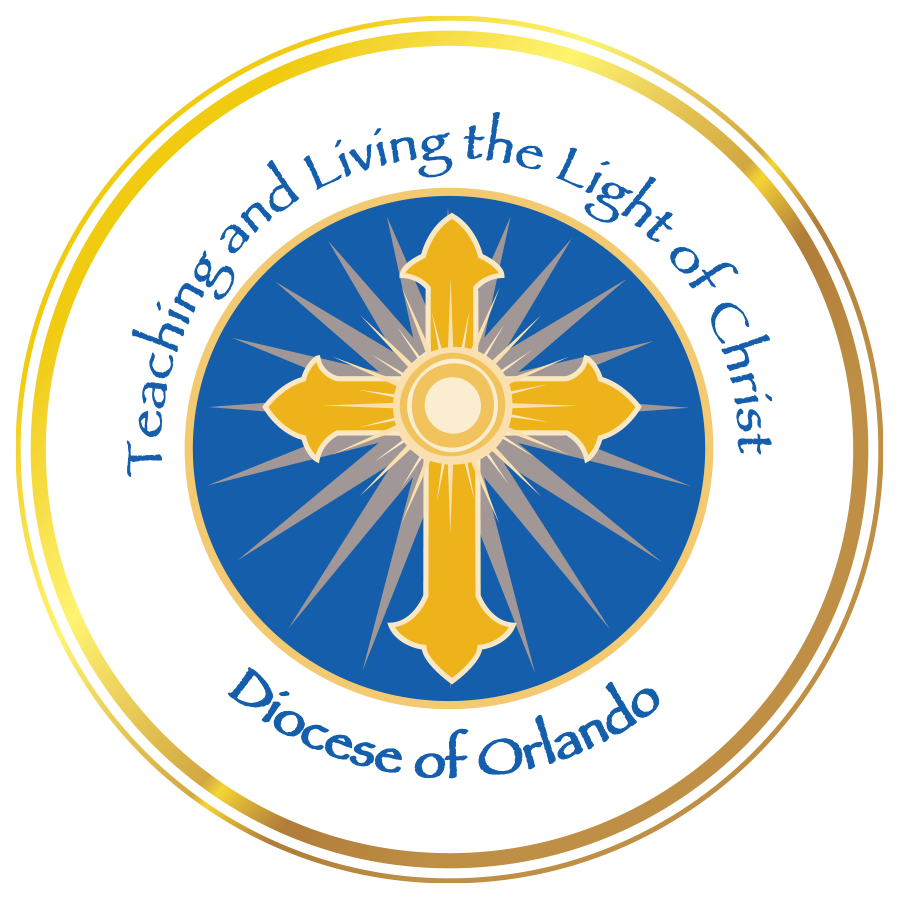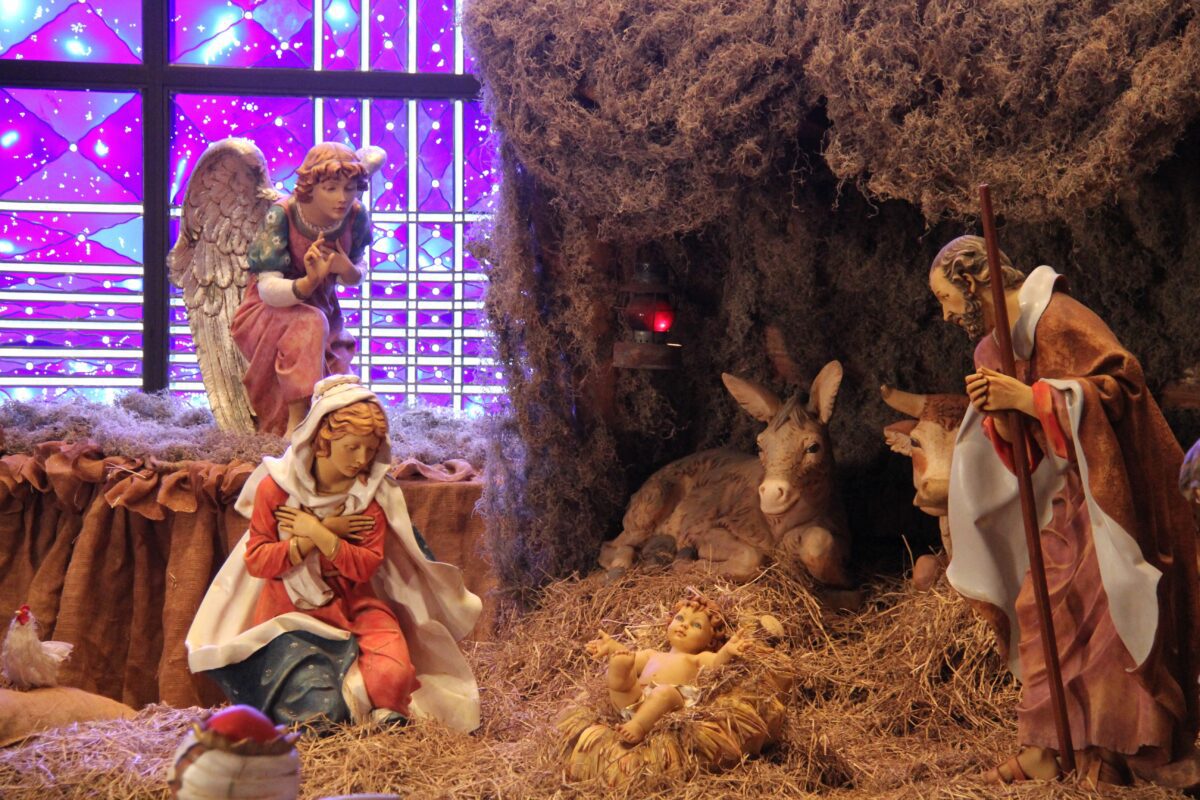ORLANDO | Francesco Bernardone, son of a wealthy merchant in Assisi, was born in 1181. He was an outgoing and popular young man, enjoying an active social life with his friends. He eventually began a journey of discernment and conversion about the meaning of his life. Francis eventually renounced his inheritance and gave himself over to Christ and the Church. He became known as “Il Poverello,” the little poor one, spending the rest of his life living the Gospel message of Christ.
Francis, living a life of poverty, preached to the people of the countryside about penance, brotherly love, and peace. In 1223, feeling that the people had forgotten the Gospel story that Jesus came as a poor child, born in a stable, not as a rich king, he wrote to his friend Giovanni, “I want to do something that will recall the memory of that child who was born in Bethlehem, to see with bodily eyes the inconveniences of His infancy, how He lay in the manger, and how the ox and ass stood by.”
He created a living Nativity scene in a cave at Greccio, a small town on a hill in Italy, inviting the villagers to visit while he preached about “the babe of Bethlehem.” God had come to earth as a baby, one of us, to be loved and cared for. The first Nativity scene and the tradition of celebrating “Greccio” had begun.
Franciscans all over the world celebrate Greccio with a ritual involving a procession, readings, and simple song, concluding in prayer and sacred silence at a Nativity, or creche, scene. This year, 2023, marks the 800th year of Greccio and is one of several centenary milestones being commemorated by Franciscans.
There will be a Franciscan Greccio celebration and reception at the Basilica of the National Shrine of Mary, Queen of the Universe on Sunday, Dec. 17 beginning after the noon Mass. All are welcome.
By Renae Bennett, Special to the Florida Catholic, December 15, 2023

